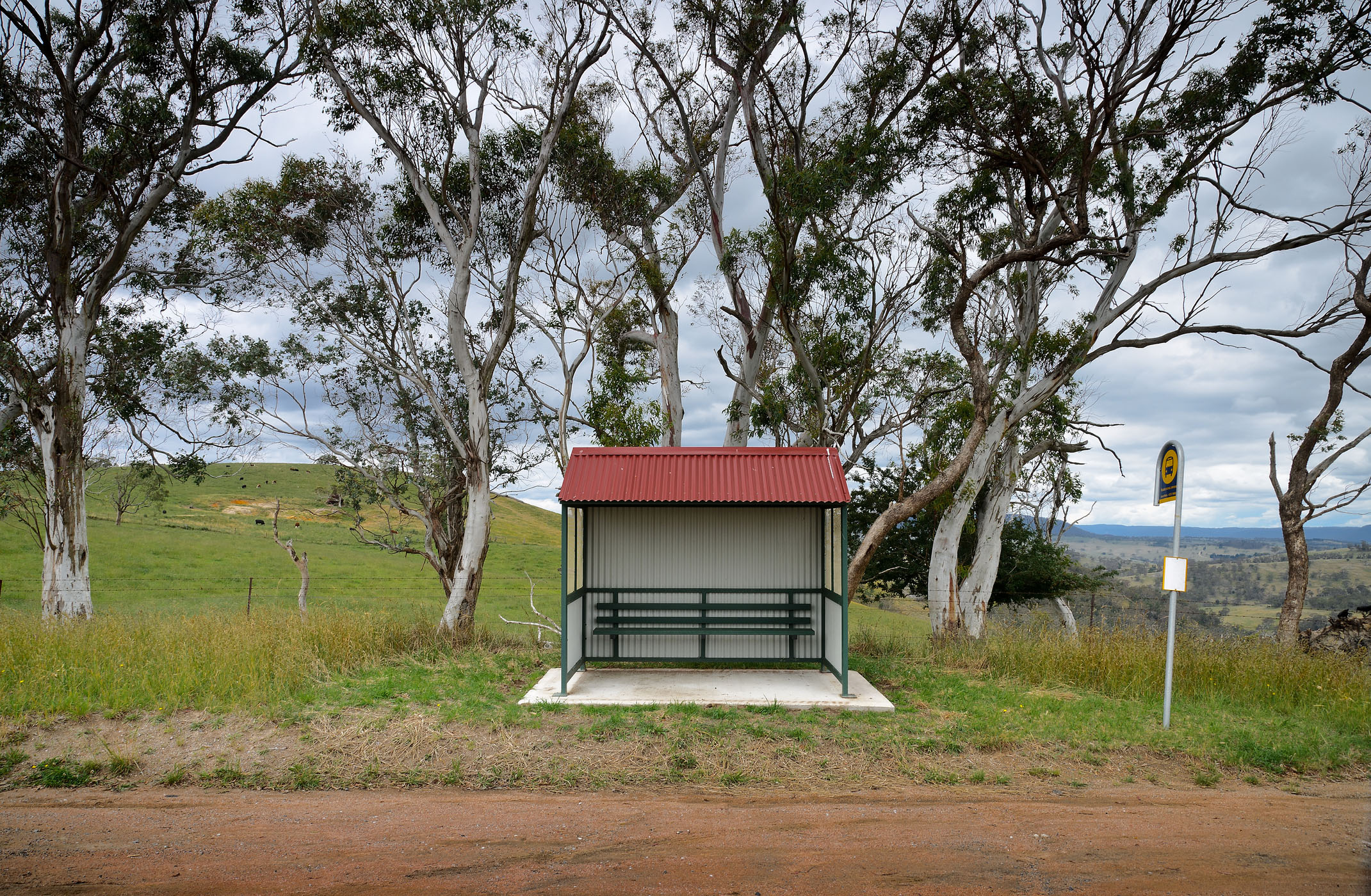Rural and remote women experience devastating effects on their health, wellbeing and sense of security from technology-enabled abuse which can potentially signal risk of fatal violence, a QUT study for the Australian Institute of Criminology reports.
- Rural and remote women encounter greater barriers than those in urban places
- Technology is used to amplify the abuse and fear, and to entrap women
- Non-urban women report their abusers geographically and socially isolated them to hide abuse

Women survivors of domestic violence (DV) who live in regional, rural, and remote areas said their abusers had intentionally geographically and socially isolated them to restrict their freedom and ‘hide’ their violence.
The study on digital coercive control (DCC) was conducted by Associate Professor Bridget Harris from QUT School of Justice and Dr Delanie Woodlock from University of New South Wales.
“We found that DV perpetrators used digital media and devices to enable and continue coercive control, with further effects for non-urban women than found in the previous studies of urban women,” Professor Harris said.
“DCC perpetrators use technology including mobile phones, social media apps and email to threaten, harass, embarrass and isolate current or former intimate partners.
“DCC has devastating and dangerous effects on a victim–survivors’ health, and wellbeing and it is harder to ‘escape’ spaceless violence and the omnipresence of perpetrators.

“Our in-depth interviews with 13 women from regional, rural and remote Australia found that while the DCC methods are similar for both urban and rural women, this study’s participants’ experience was different due to their isolation and difficulties in seeking assistance and responding to violence.”
Professor Harris said that while DCC was sometimes minimised by criminal justice agents, it should not be ignored.
“There are extensive impacts on women and technology abuse can potentially provide insights into ‘homicide flags’,” she said.
“It is important to recognise that the danger of lethal violence may be greater for non-urban women because it is amplified by the distance between a woman’s home and first responders.”
Professor Harris said rural women reported they could more readily be discovered and targeted by their abuser both online and offline.
“For the women who were located great distances from domestic violence services, friends and families, it was hard for them to make contact, particularly when they were under the watchful eye of their abuser,” she said.
“In small, close-knit and conservative communities, where the perpetrator is well-known, liked or in a position of power, disclosing domestic violence face-to-face could also be confronting and challenging.
“Because technology had been weaponised against them, they did not always feel safe using these channels to seek information and support.
“Knowing that perpetrators and their allies were using technology to track and monitor them post-separation made some women feel it was not safe to use.







